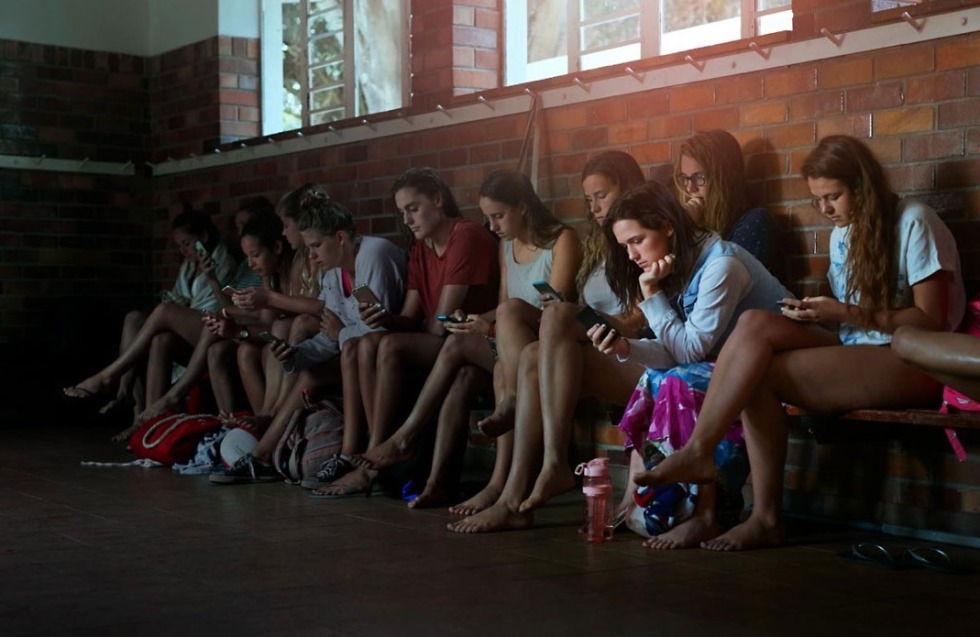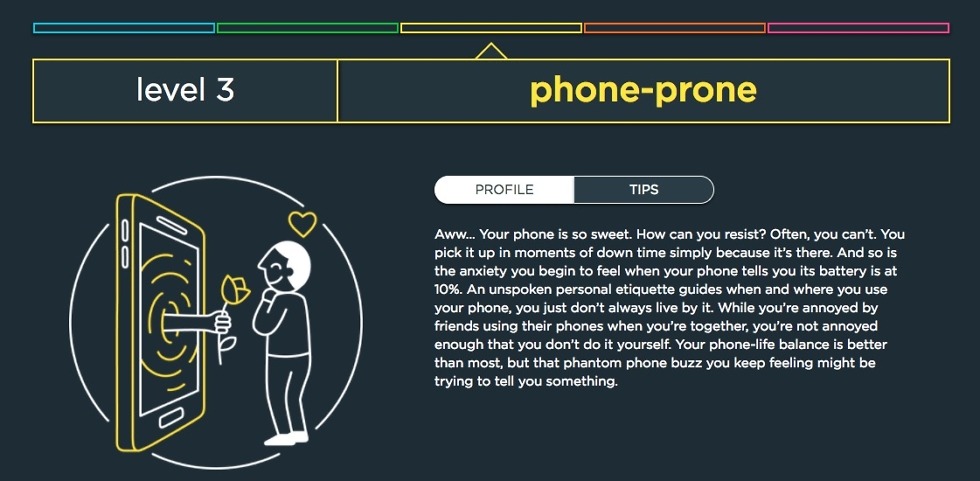Half-Life’s Gordon Freeman Comes To Final Fantasy 15 PC
http://ift.tt/2F0cR1N
The excruciating wait for a new Half-Life game carries on with no end in sight. If all you care about is seeing protagonist Gordon Freeman in a new setting, Final Fantasy XV may be just the ticket, as Square Enix has announced a new limited-time promotion involving the upcoming PC version.
Players who purchase Final Fantasy XV: Windows Edition, the RPG’s PC version, through Steam by the end of April will receive the Half-Life Pack. This will be distributed through the Steam Workshop and allows you to dress up as Freeman. There are three different components to this: the HEV suit itself, Freeman’s glasses, and his signature crowbar, which can be used as a weapon.
These items can be equipped in both the single-player campaign–letting you deal with the bizarre sight of seeing Final Fantasy XV star Noctis cosplaying as Gordon Freeman–or in Comrades, the game’s online multiplayer mode. You can see what the latter looks like in the gallery below.




Square Enix has already released a benchmark tool to help you evaluate your PC’s ability to run the game and announced the pre-order bonuses that are available. You’ll be able to try out the game itself with a demo releasing for free to everyone on February 26, though the specifics of what that entails have not been shared.
Final Fantasy XV: Windows Edition launches on March 6. That same day will see the release of the Royal Edition on PS4 and Xbox One.
Games
via GameSpot’s PC Reviews http://ift.tt/2mVXxXH
February 22, 2018 at 09:48AM







